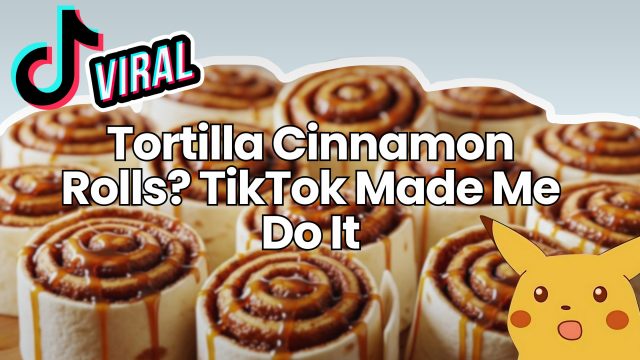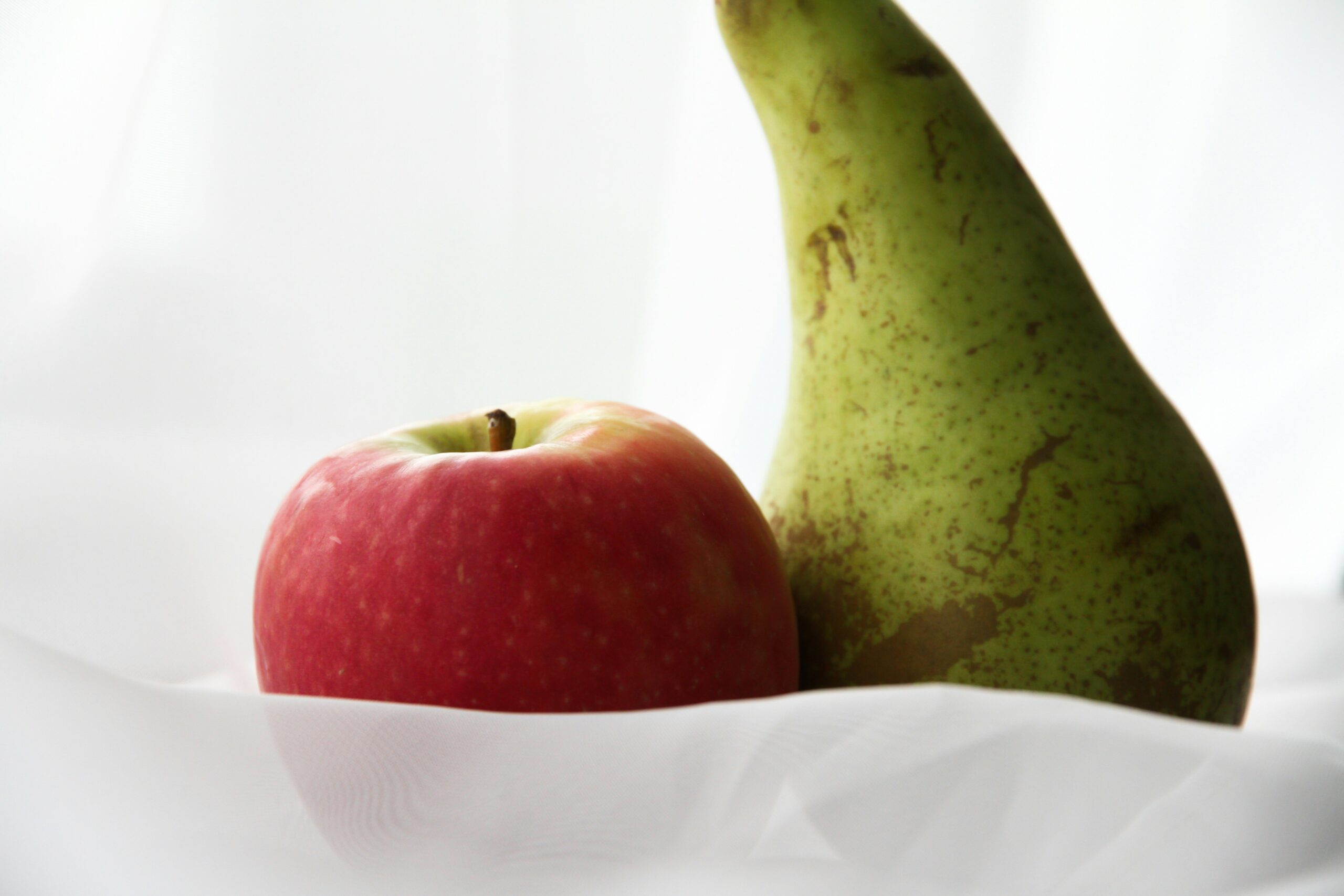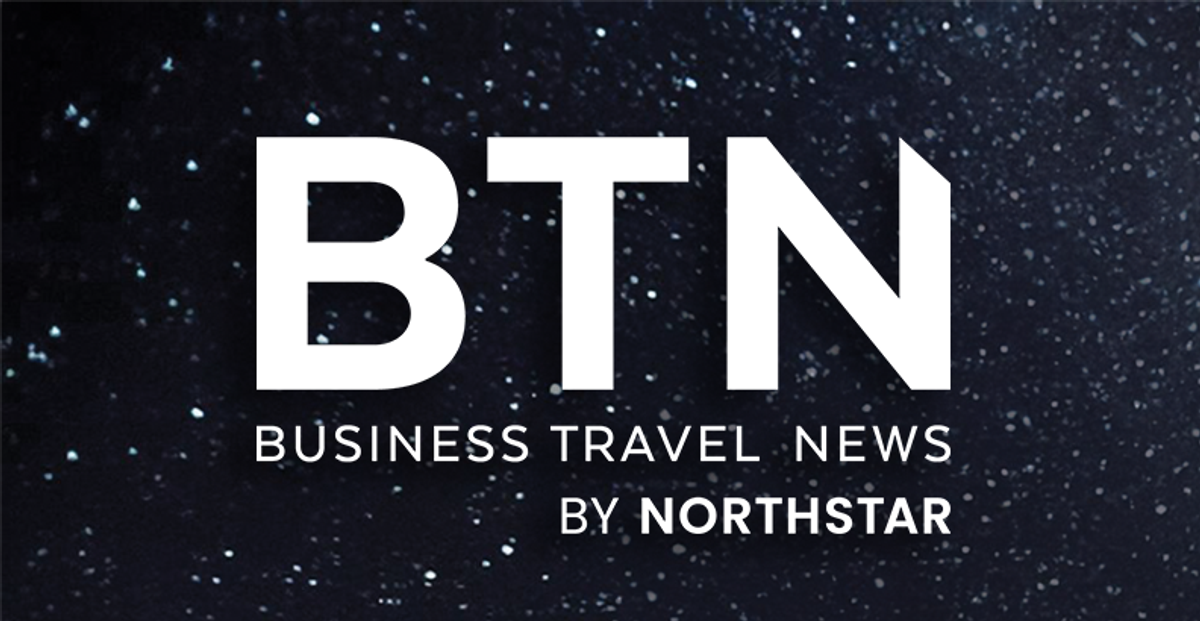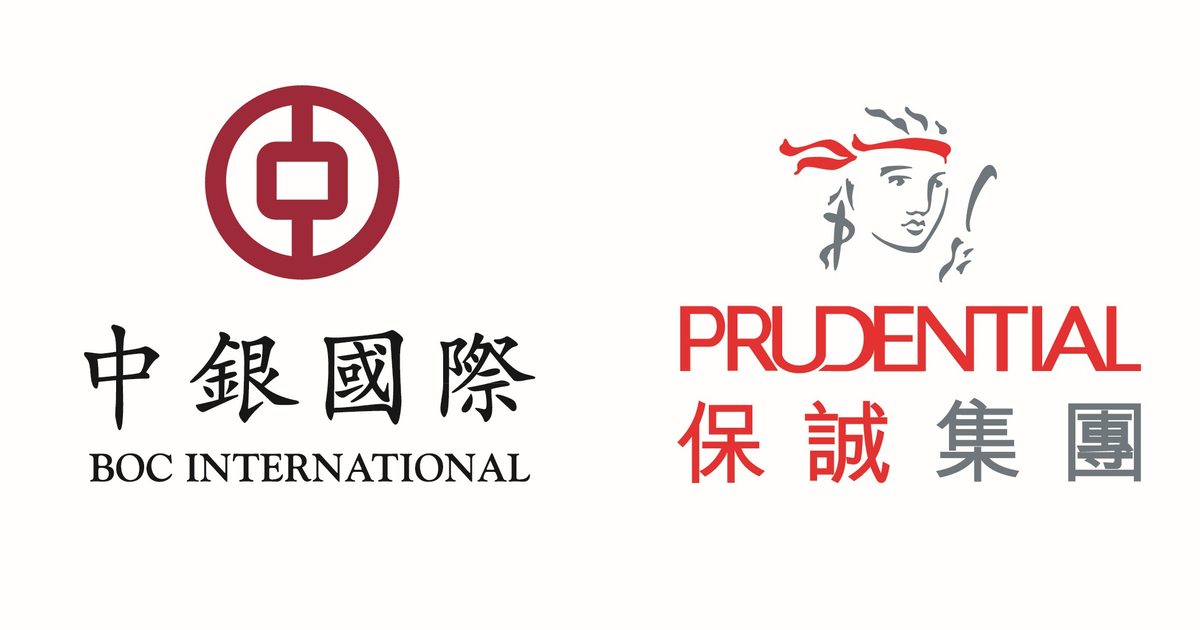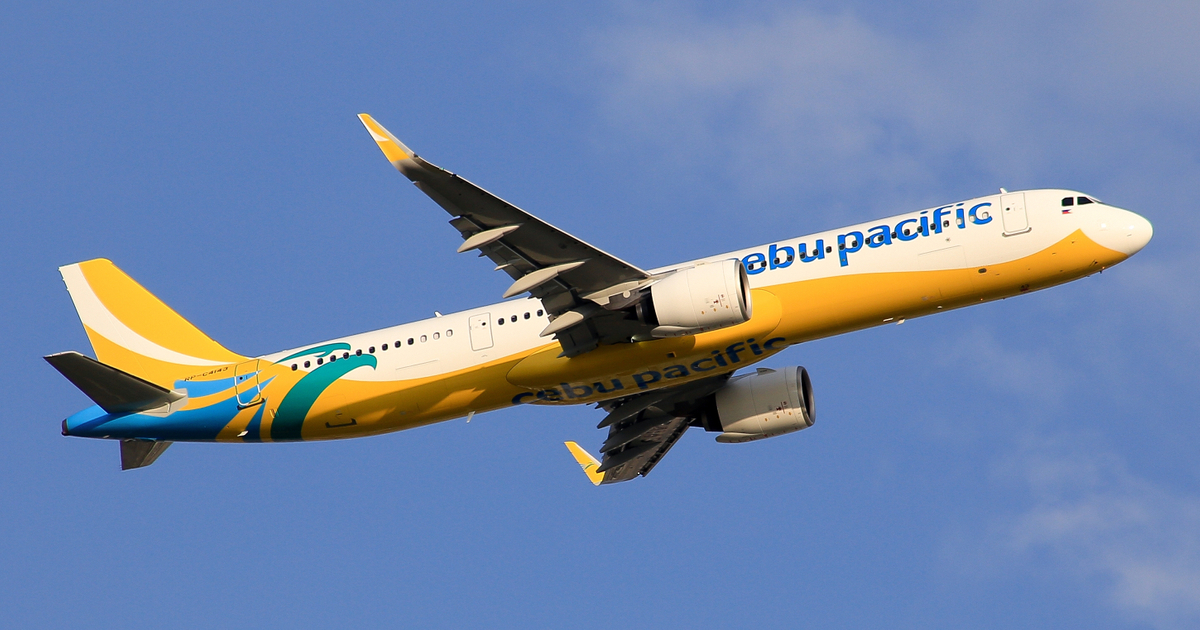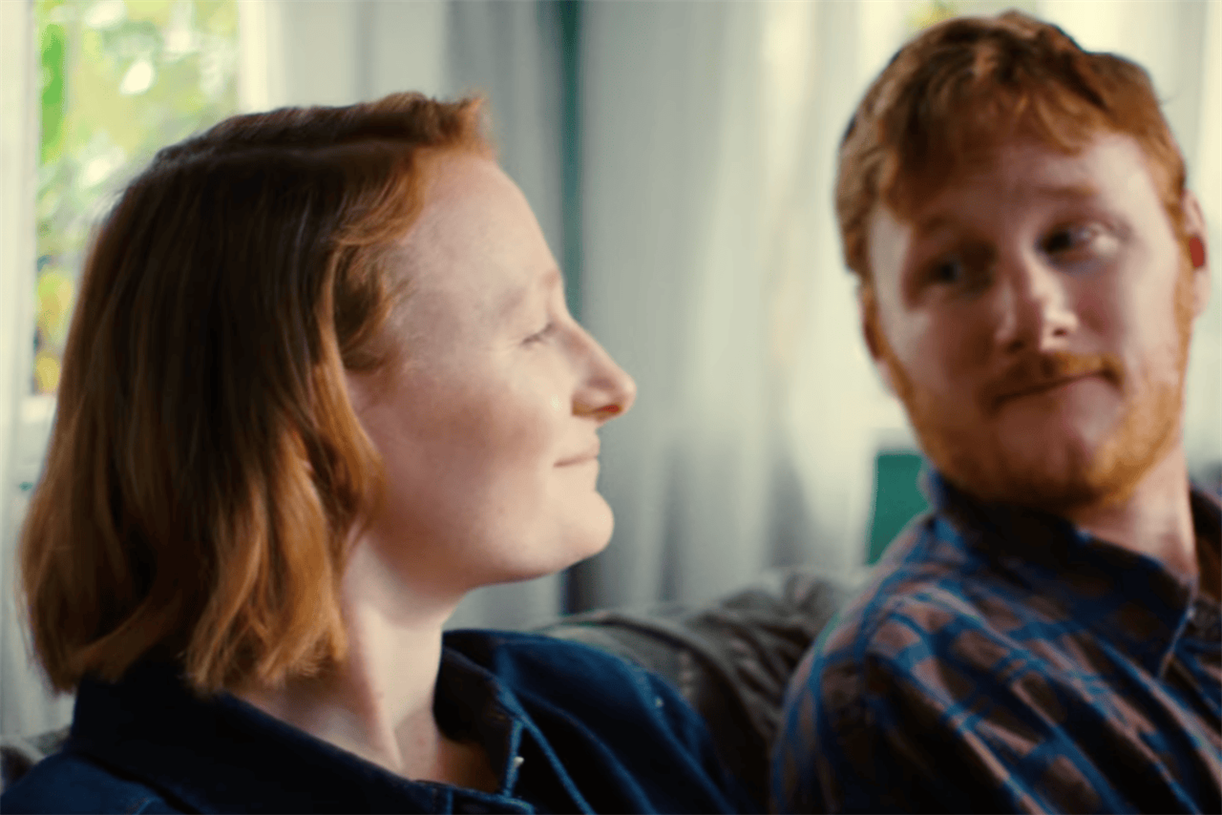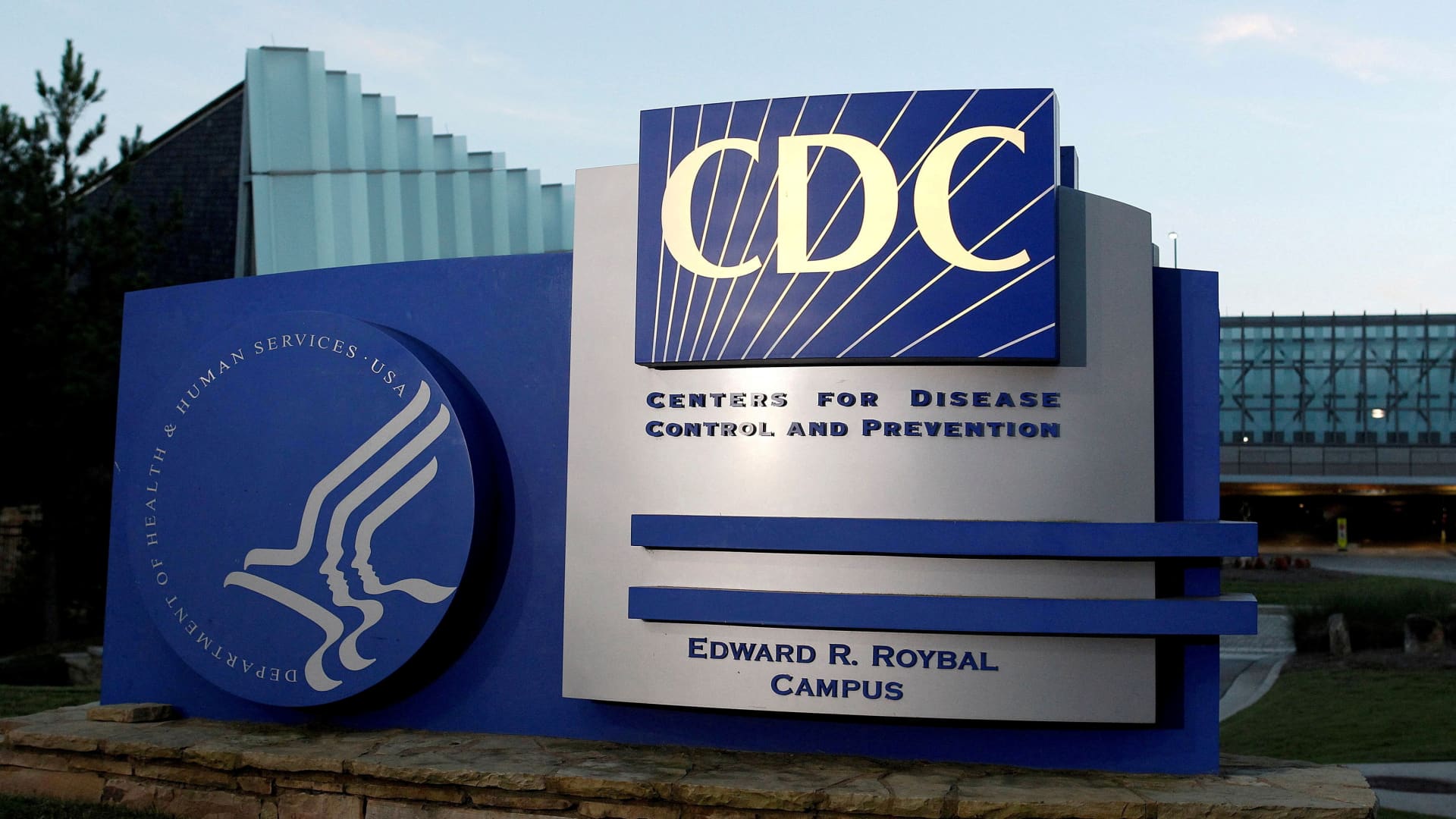Procter & Gamble brands aim to end dental inequities by 2030
On National Brush Day follow up to Halloween, Crest and Oral-B tout buy-one give-one pledge.

Today is National Brush Day—a natural follow to Halloween and its crush of tooth-rotting sweets and the latest in a long string of national days, such as National Donut Day or National Coffee Day, onto which marketers hitch their promotional wagons.
Procter & Gamble Co. is taking a different tack, using National Brush Day to launch a media campaign behind a “Closing America’s Smile Gap” commitment through which its Crest and Oral-B brands are setting a goal to eliminate disparities in dental health by 2030 by providing help to 20 million people.
Through efforts that include a full-page ad in The New York Times, outdoor advertising in Times Square and video advertising, the P&G brands want to call attention to the fact that Black and Hispanic kids are two to four times more likely to have cavities and other dental problems. This can lead to missed school, lost confidence and a lifetime of economic inequities.
The campaign supports a promotion under which Crest and Oral-B will donate toothpaste and toothbrushes for every purchase in November. It’s a relatively rare joint consumer effort for the P&G oral care brands and similar to P&G sibling Tide setting out to save energy by convincing people in U.S. households to wash 75% of laundry loads in cold water by 2030.
P&G’s ads show kids “brushing” their teeth with their fingers or paper towels—things its marketers know they really do in many cases when they don’t have access to toothpaste or toothbrushes.
“Not only are cavities growing all over America, they’re growing twice as fast in underserved communities,” said Carlos De Jesus, senior VP of North American Oral Care at P&G. About 40% of kindergarteners enter school with cavities, he said, and 25% of Americans will lose all of their teeth by age 65.
“That’s something that just whacked us in the face, and we said, ‘We as the brands that we are, Crest and Oral-B, need to do something about it,” De Jesus said.
'Dental deserts'
The effort started last year, but the full marketing push is beginning now, backed by Publicis Group’s PGOne, with MSL as the lead creative agency and Saatchi & Saatchi and PXP supporting production.
There are a host of reasons why the U.S., one of the richest countries on earth, has declining dental health, De Jesus said, including poverty, which leads kids to not having access to toothbrushes, toothpaste and dental visits. Broadly, dental visit frequency hasn’t fully bounced back since the plunge brought on by the pandemic, De Jesus said. Also, a third of Americans don’t have dental insurance. Diets leave much to be desired. The growing use of bottled water means people drink fluoridated public water less often.
And about 60 million Americans live in “dental deserts” without nearby professional care nearby, De Jesus said.
Part of P&G’s program will include supporting mobile dental care units traveling into those dental deserts, and a “healthy habits” campaign targeting 17,000 schools.
Crest and Oral-B have been part of the same company since October 2005, when Crest owner P&G bought Gillette, the maker of Oral-B toothbrushes and other products. They usually go to market as individual brands, De Jesus said.
“But we felt to create the magnitude and scale of the program we wanted both brands to be part of it, because it’s so critical. It’s a decade-long commitment, and we’re going to continue going at it as long as it takes to get rid of the issue.”

 Lynk
Lynk 













